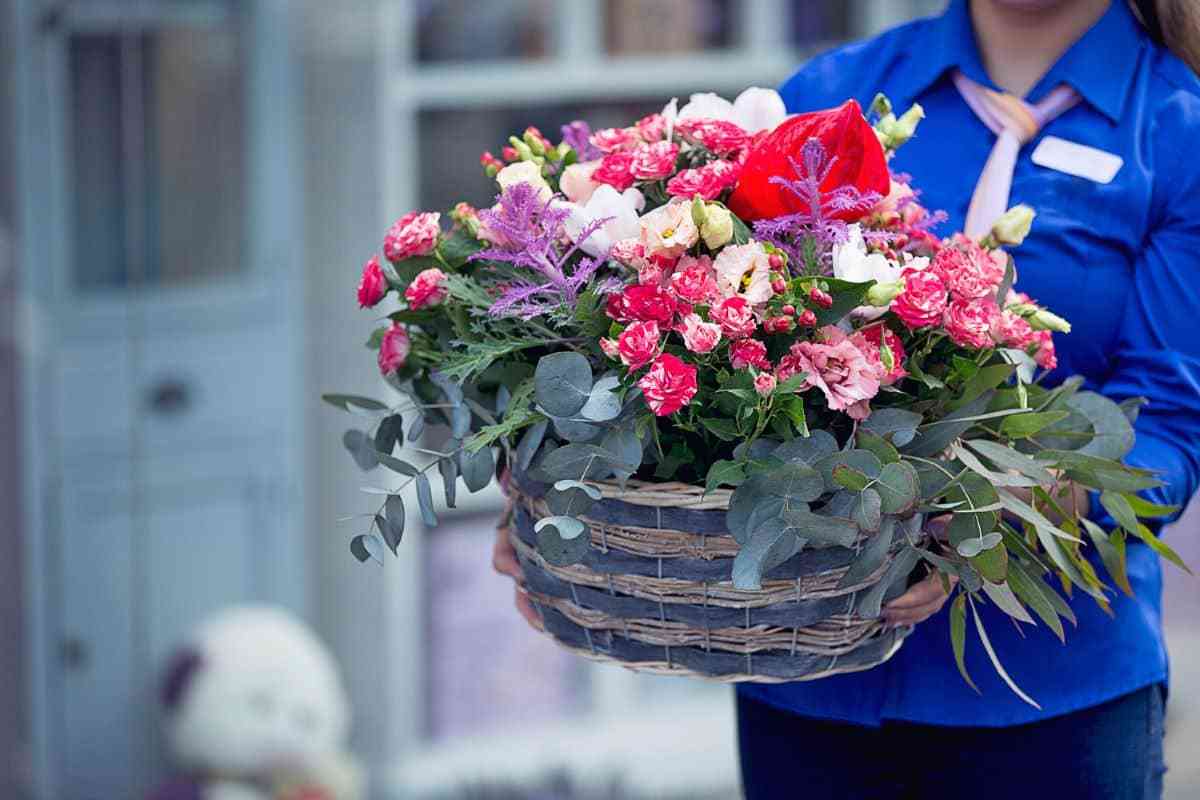
In times of illness and recovery, the significance of small gestures cannot be overstated. Among these, sending flowers to hospitals has emerged as a tradition that extends beyond mere aesthetics. The age-old practice of gifting flowers has gained renewed attention in recent years, thanks to a growing body of research highlighting the positive impact of flowers on human well-being. This article explores the profound influence of flowers from flower shops in college station Texas on people’s wellness, particularly in hospital settings, shedding light on how this simple act can contribute to faster healing and improved emotional states.
The Science Behind Floral Wellness
Flowers have long been admired for their beauty, but their effects go beyond visual appeal. Scientific studies have shown that flowers can have a remarkable impact on an individual’s mental and emotional state. The presence of vibrant and fragrant blooms triggers the release of endorphins and serotonin—often referred to as “feel-good” hormones—in the brain. This neurochemical reaction is responsible for reducing stress, anxiety, and depressive feelings.
Moreover, the colors and scents of different flowers can evoke specific emotions; for instance, the calming aroma of lavender or the cheerful hues of sunflowers can elicit positive responses. Hospitals, with their often sterile and clinical environments, can greatly benefit from the introduction of floral elements to create a more soothing atmosphere for patients.
Interestingly, the science of floral wellness is not a recent discovery; it has roots in ancient cultures and traditions. From the therapeutic gardens of ancient Egypt to the herbal remedies of traditional Chinese medicine, the utilization of flowers for healing and well-being has been documented throughout history. In modern times, this wisdom is being validated by scientific research, bridging the gap between tradition and contemporary healthcare. Hospitals that embrace this holistic approach are finding that the integration of floral elements does more than just beautify spaces; it reconnects patients with nature’s intrinsic healing properties, grounding the often intimidating medical environment in something familiar, gentle, and nurturing. This historical perspective adds depth to our understanding of why flowers have such a profound effect on us, affirming that they are more than just decorative; they are a timeless symbol of healing and comfort.
Did You Know? Certain flowers like chamomile and lavender have been used in aromatherapy for centuries to promote relaxation and reduce anxiety.
Flowers as a Speedy Recovery Aid
Beyond their psychological benefits, flowers have been associated with tangible improvements in physical health. Multiple studies have indicated that patients who receive flowers during their hospital stay tend to experience faster recovery rates. Reduced stress levels, as induced by the presence of flowers, can indirectly bolster the immune system, aiding the body’s natural healing processes.
Patients who engage with nature, even in the form of potted plants or floral arrangements, have been observed to require less pain medication, experience shorter hospital stays, and report higher overall satisfaction with their medical care. This highlights the potential of flowers as an adjunctive therapy, working harmoniously alongside conventional treatments to enhance the healing journey.
Furthermore, the integration of flowers into hospital environments has also been linked to improved patient-physician relationships. Medical professionals have noticed that the calming influence of floral arrangements tends to facilitate more open and relaxed communication between patients and their caregivers. This enhanced interaction can lead to a more personalized and compassionate approach to treatment, fostering a sense of trust and collaboration that is vital for recovery. In an era where the human touch in healthcare is often overshadowed by technology and bureaucracy, the simple addition of flowers may serve as a gentle reminder of the holistic nature of healing, emphasizing the connection between mind, body, and spirit.
A Case in Point: Hospitals like the Ritz Medical Center have incorporated indoor gardens and floral aesthetics into their patient care programs, observing marked improvements in patient recovery and satisfaction.
The Symbolism of Care and Support
Sending flowers to someone in the hospital transcends the physiological benefits and enters the realm of emotional support. The act itself conveys a deep sense of care and concern for the recipient’s well-being. In the case of hospital patients, receiving flowers can uplift spirits, providing a ray of hope and a connection to the outside world.
It signifies that loved ones are thinking of the patient and wishing them a speedy recovery. Hospitals, often associated with illness and discomfort, can be transformed into more uplifting spaces through the presence of flowers, making patients feel valued and supported during their challenging times.
Beyond the individual experience, the practice of sending flowers to hospital patients has a broader social impact as well. It fosters a community of empathy and compassion, reinforcing the human connections that sustain us in times of hardship. Friends, family, and even strangers coming together to offer floral tributes create a network of support that can be deeply reassuring to the patient. It’s a collective gesture that transcends personal relationships, reflecting a society that values kindness and considers emotional well-being as integral to physical health. In this way, the act of sending flowers becomes a shared expression of humanity’s inherent desire to care for one another, elevating it from a simple gift to a powerful symbol of communal solidarity and love.
Personal Touch: Customizing flower arrangements with a patient’s favorite flowers or colors adds a personal touch to the gesture, making it even more meaningful.
Cultivating Wellness Through Floral Gestures
The tradition of sending flowers to hospitals has evolved into a symbol of compassion and healing. As scientific research continues to underscore the therapeutic effects of flowers, their role in enhancing wellness, both mental and physical, becomes more evident.
The power of flowers to alleviate stress, expedite recovery, and offer emotional solace cannot be underestimated. By integrating the beauty and positivity of blooms into hospital environments, we can create spaces that promote healing on multiple levels. So, the next time you contemplate sending flowers, remember that your gesture extends far beyond aesthetics – it’s a gift of wellness and care.
Image by azerbaijan_stockers on Freepik
Follow me down the rabbit hole!
I'm Alice and I live with a dizzying assortment of invisible disabilities, including ADHD and fibromyalgia. I write to raise awareness and end the stigma surrounding mental and chronic illnesses of all kinds.










